World Wide Latina Belt: Unveiling The Colonial Lens
Apart from the intense passion collectively experienced during the 2020 World Cup, after the historic win for Morocco which led to them advancing to the semifinals and France’s loss during the final game, a salient term spearheaded race and identity discourses during the final match – the World Wide Latina Belt.
The World Wide Latina Belt, otherwise known as the “mestiza belt”, can be traced to a user on twitter named @protestantwind. In their initial publication in 2020, @protestantwind anchors a world map strategically ambiguous which is loosely traced by a reddish marker titled: “all people from these places are latinas.”
As expected, in the map, the majority of Latin America is highlighted by a red stamp of acceptance. Meanwhile, on the other side of the map, a minor concentration of red is similarly noticeable. African countries, for example, like Algeria, Libya, and Morocco were granted the latinx status per the red scheme. While in Europe, countries like Bosnia, Greece, Italy, and more were counted as Latinas. Lastly, in the Asian continent, Saudi Arabia, Israel, and Syria comprised the Latina belt. Although inconclusive because of the various historical caveats that shape the acceptance of Latino status, this map gives us insight into a different way of looking at identity and even the intersectionality that comes with Latino identity. It is no coincidence that this group of “latinxs” were highlighted, as each of them have a very important thing shared: their historic past.
The Spanish crown is known for its once extensive imperialist agendas where they forged and superimposed different interactions and identities that were previously (and majority) heterogenous. According to academic historians, across their conquest, Spain possessed more than 35 colonies in the global sphere, many of which were mentioned in the world wide latina belt. And despite all the damage done – from political exile, racism, homogenization, slavery, genocide, exploitation in its entirety – the resonances of discrimination on the basis of ethnicity and race are evident in American political frameworks.
The Arab community was particularly important during the Spanish colonial era according to Wail S. Hassan. In fact, many of the culture, infrastructure, philosophy, literature, science, music, and gastronomy were majorly influenced in the Iberic Peninsula. In truth, the migration to the “first” exploration to the supposed “New World” included Arabs, since they were taken as translators to facilitate communication with Spain, and the supposed “India.”
The forced migration of Arabs to Latin America didn’t happen exclusively during the colonial era. In fact, the primary waves of migration of Arabs extended to the Ottoman Empire, which nowadays includes Syria, Libya, and Palestine. According to Nesim Şeker, the first period of migration commenced along the 16 through 18 centuries, in which the deportation of different social-political factors obliged many of its citizens to migrate to various different countries around the world.
In the case of the United States, a politicized and racialized world, in which private identity becomes a public outrage, racial and discriminatory remarks are discreetly trivialized. A clear example of this is noted by the American lens, since it presents us with a homogenous identity that fuses Latin Americans and Arabs identities on the basis of shared phenotypical features.
Among the legacies of the Spanish viceroyalty, as exemplified in American society, emerges in the lack of correct identification of American Arabs or Middle Easterns and North Africans. According to a study of identity perception and self-determination presented by Germine H. Awad and his colleagues, the American census categorizes them as white. This occurs despite the fact that more than 84% of participants consider themselves an ethnic minority and oppose this forced identity of whiteness. This invisibility on the census is alarming since this facilitates the lack of representation and recognition in social-political spheres – thus presenting the Arab identity as a monolith.
From this American racialization, a continuum effect is mirrored in the cyber-social paradigms where lines of politicization and racialization reconfigure and inform our social interactions. That is why we note some clear division in how some Latin American groups respond to the gains of certain non-Latin American groups. Similarly, there are different communities that form in the cyberspace continuum, like for instance, “black twitter.”
To clarify, the World Cup divisions are not simply a congregation to comment on where the best players in the world are from. Rather, it is also a space of solidarity that weaves recurring shared pasts that unite and divide populations from suffocating histories. The social media communities that were birthed from the World Cup fostered a congregation discussing their favorite groups based on nationality. All the while succeeding in bringing together a forum of division over their differences, and in turn, present solidarity of peoples equally impacted by their shared pasts.
A twitter user, @mnstinas, encouraging Morocco comments: “morrocco part of the world wide latina belt i hope they win” [sic].

Credito de la Foto: Usario de Twitter @msntinas
Without a doubt, we see how the World Wide Latina Belt transcends its comic tonalities and becomes a product of international solidarity that connects its recipients by their historical experiences in the face of oppressive systems throughout history. It becomes a symbol of resistance and integration that understands its common threat and attacks it from a multicultural collective action. It offers us an ephemeral understanding of how minority communities come together to resist the common adversary.
The annotations of the Latino world belt join the imaginations of those who reflect on the deconstruction of oppressive systems. And while this map unites a number of distinct identities, it weaves a web of connection through historical similarities, common experiences and solidarity between communities. The twittering cartographer of this map, at the very least, succeeded in transforming archaic perceptions of homogenization to a state of empowerment and solidarity, driven by converging histories.
It may be that @protestantwind did not intend for their map to be analyzed so deeply and that it was just a light-hearted joke. That perhaps they took advantage of the trend of playing on the converging perceptions of Latin America and Arabs. Either way, the user earned the support and virality of his followers as it was well received by their consumers. Because it showed how the solidarity of such different communities can be formed through shared experiences.
Although Moroccans, Filipinos and other groups mentioned in the World Wide Latina Belt were not granted a valid Latin American identity before the political world, it did help start that conversation of shared experiences and quite a few laughs as well.

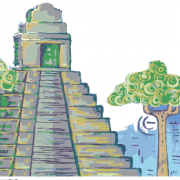

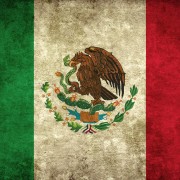
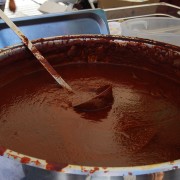



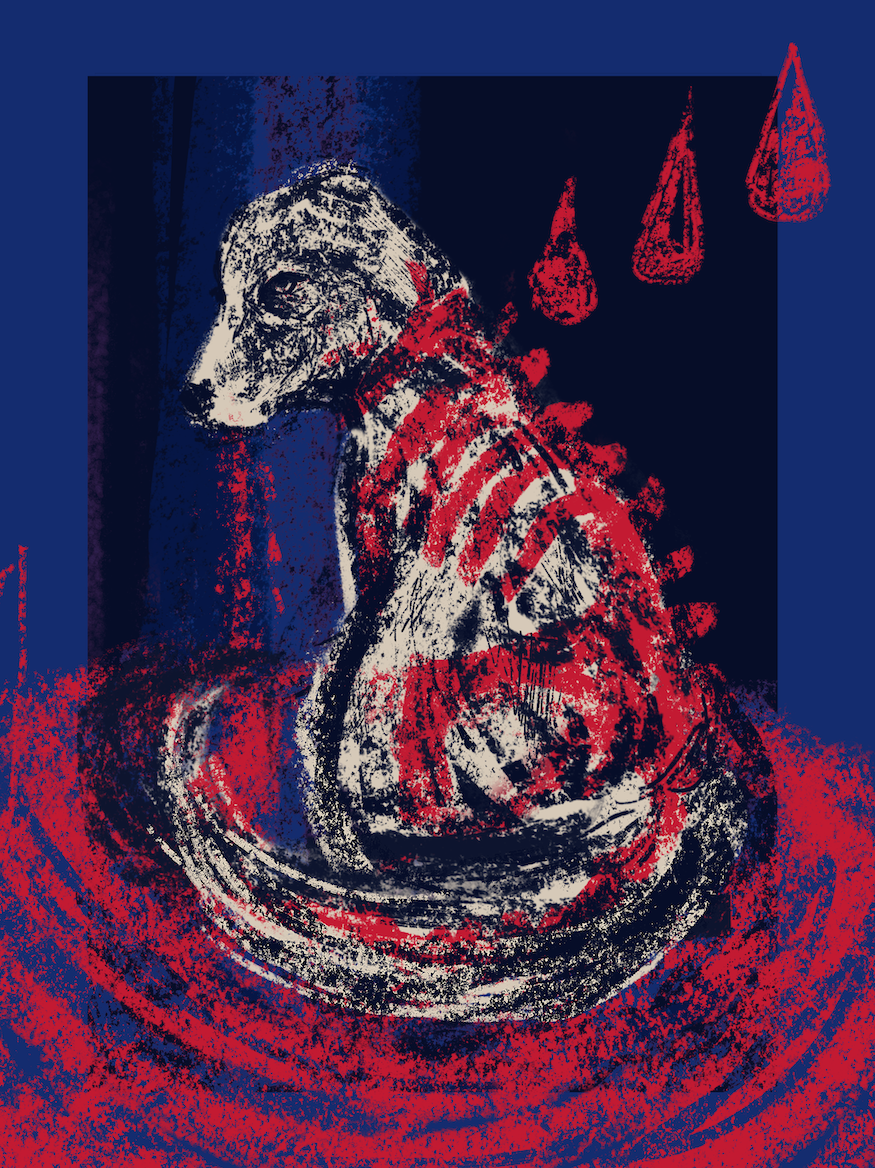
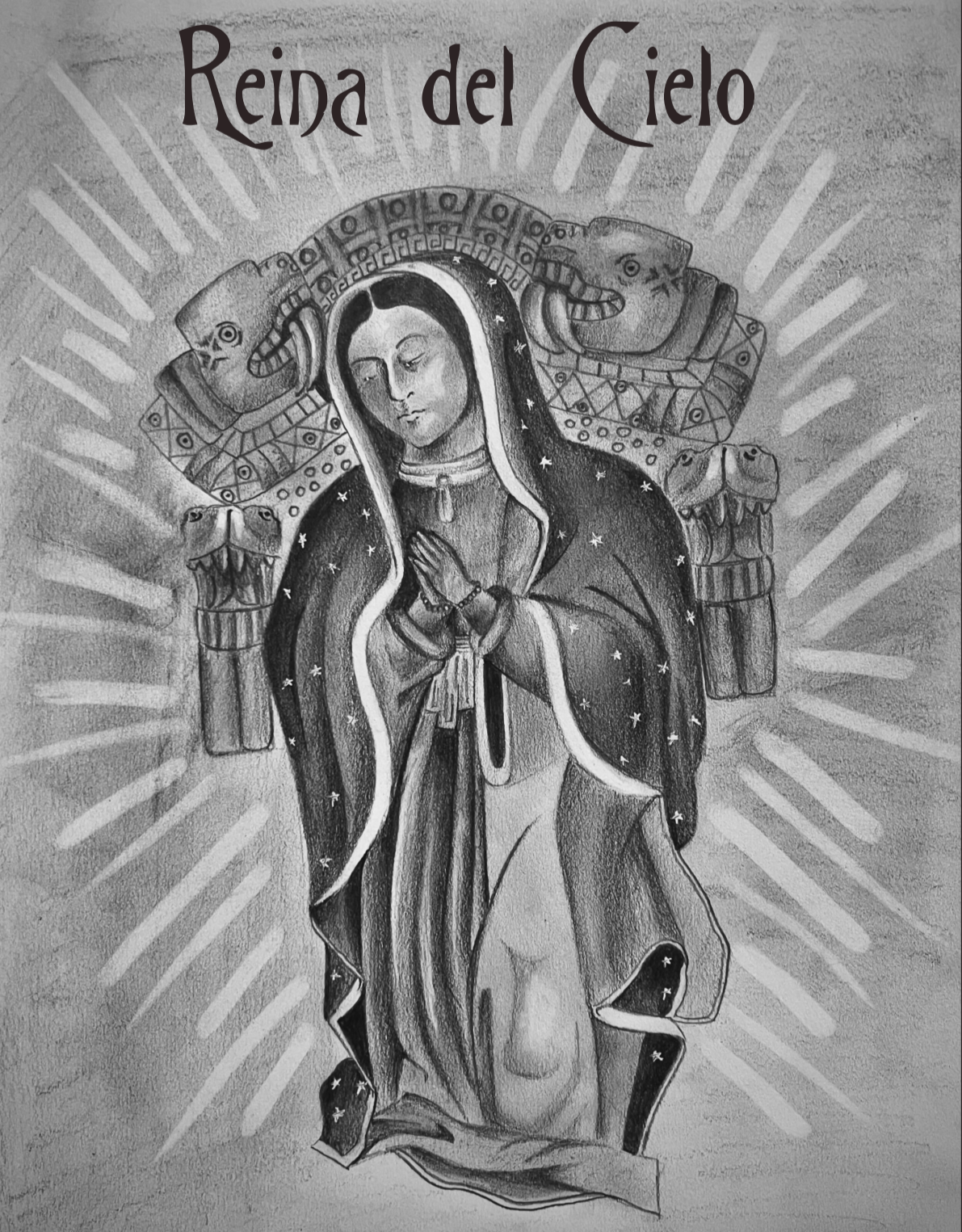
Leave a Reply
Want to join the discussion?Feel free to contribute!